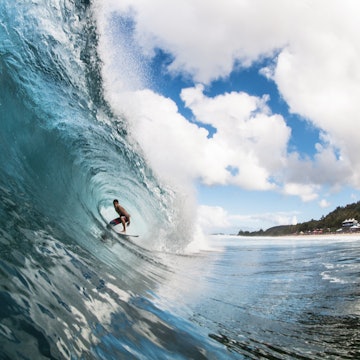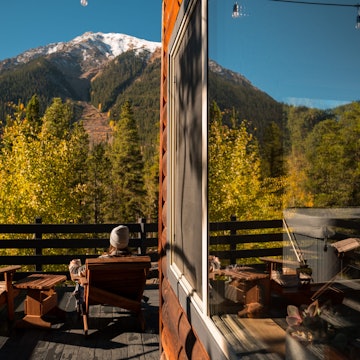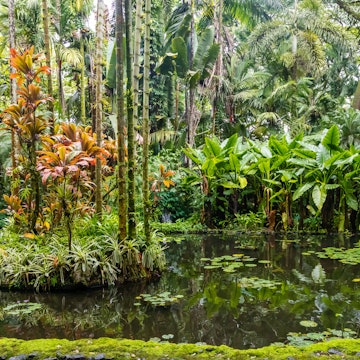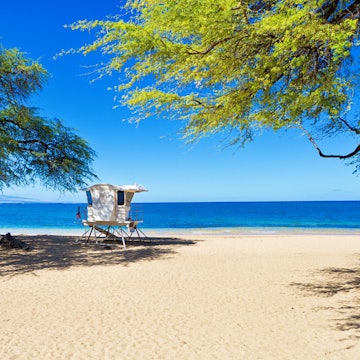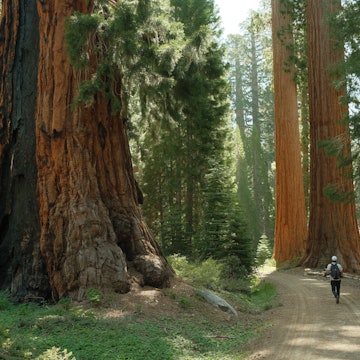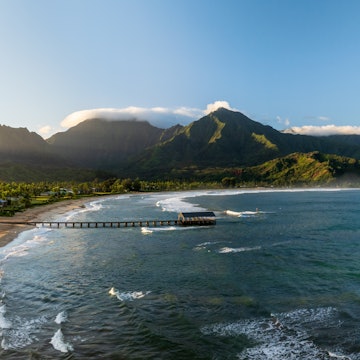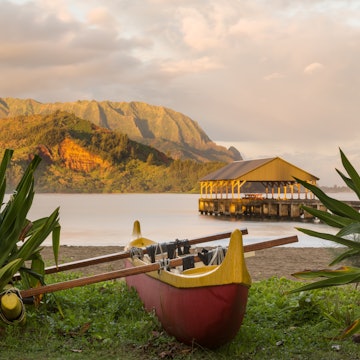
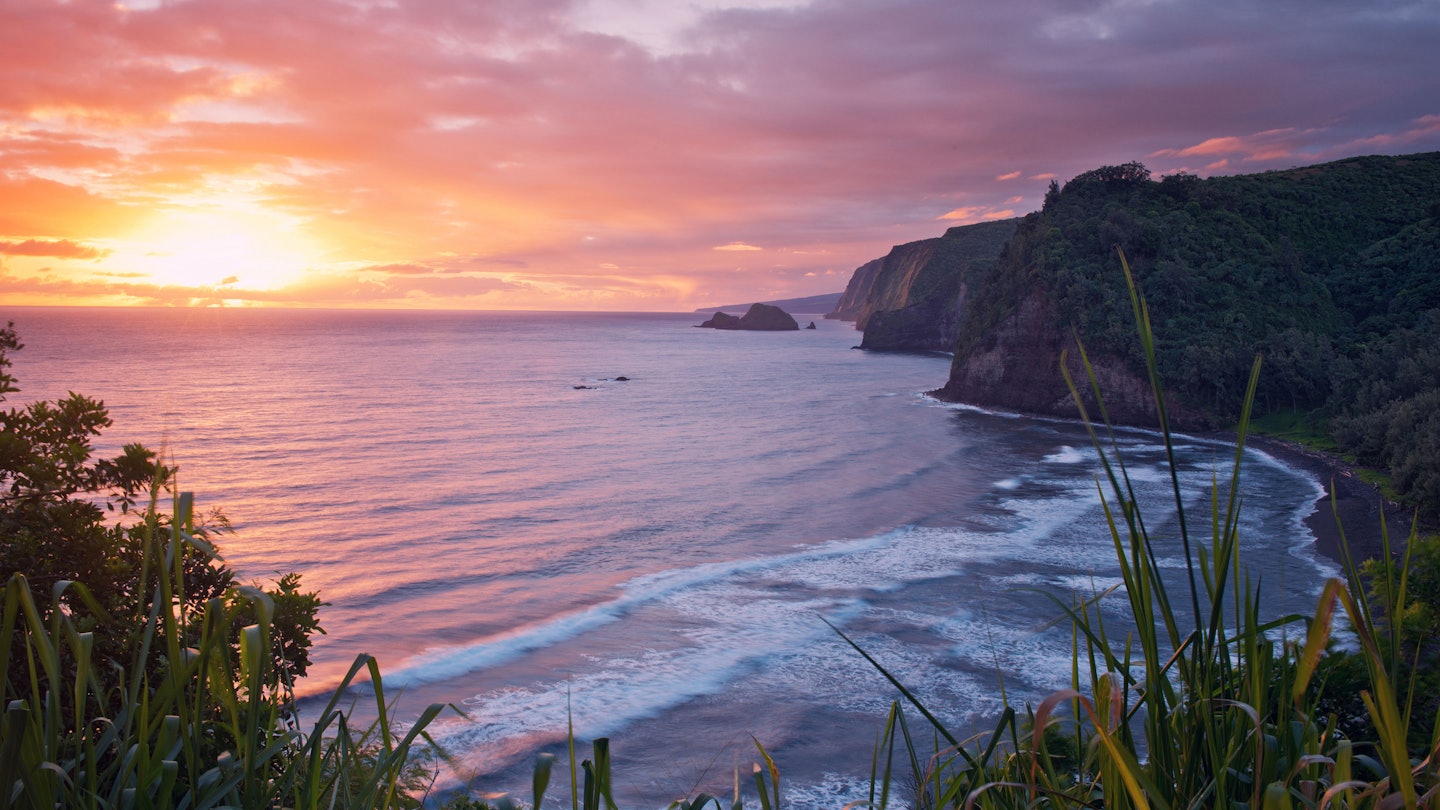
While the current perception may be that the island of Hawaiʻi was reduced to a lump of cooling lava in the Pacific Ocean, this is simply not the case. The total area affected by the 2018 lower Puna lava flows is just under 14 square miles on an island that measures 4,028 square miles total. The rest of the island was entirely spared from the lava.

We don’t want to understate its effects: some 700 homes in the Puna district were lost, several residential roads in the area remain inaccessible, and Green Lake, once the largest freshwater lake in the entire Hawaiian archipelago, was literally boiled away. But for most residents of the island of Hawaiʻi, life continues on as normal, and so does the tourism calendar.
That calendar dips into low season from September to November, and again from mid-March to June. Fall is, frankly, a sweet time to be on the island of Hawaiʻi. You’ll find more affordable rates and a ton of seasonal events, and you’ll be free of crowds. Also, the island has one of the world’s highest concentrations of climatic diversity, but unless you’re planning on spending your trip entirely on the Maunakea summit, the weather is going to be pleasant and warm.

Coffee, gastronomy and the arts
Few towns weave Asia-Pacific demographic threads quite like Hilo. With this many Pacific Rim cultures placed adjacent to one another, some very beautiful food results. Taste of Hilo, which kicks off on Oct 21, showcases these flavors for foodies and folks who just like good grub. The incredible cultural diversity of Hilo doesn’t just manifest in food; this is a town in love with music as well, and you can get a sense of this obsession at the East Hawaii Jazz and Blues Festival (Oct 28), when live music spills across stages at Nani Mau Gardens.
The arts are deeply felt across the islands of Hawaii, and the Holualoa Village Coffee & Art Stroll and Hawaii Artist Collaboration Annual Art Auction (both on Nov 3) are beloved celebrations of local creative energy. The Coffee & Art Stroll is a free arts walk sprinkled with a heavy farmers market vibe thanks to the presence of local coffee growers; while the Art Auction is a ticketed event that showcases master artists from around the Islands. Both occur in Hōlualoa, an artists’ village that occupies a beautiful, breezy stretch of upland Kona mountainside.

Indeed, the entire Kona region blends great eats and creativity into one superlative travel destination. The area’s gastronomic and artistic heritage is the subject of the popular Kona Coffee Cultural Festival (Nov 3, 9-18, multiple locations). The culture and (of course) coffee of the island of Hawaiʻi is on full display here, which includes plenty of music and dance performances, a lantern parade, Japanese calligraphy and some delicious drinks of the caffeinated (and decaffeinated) variety.
Finally, on the southeast side of the island, don’t miss the Volcano Village Artists Hui Annual Studio Tour & Sale (Nov 23-25, Volcano). The village of Volcano is filled with artists who live in the shadow of a magnificent force of nature. During this long weekend, the studios of local creators are thrown open and prices are often competitively set to sell.

Contemporary culture
Visitors can engage in year-round access to Hawaiʻi’s mix of cultures, shaped by the Hawaiian culture’s deep roots in pre-contact Polynesia and by generations of immigrants from across the Pacific Rim and Europe.
In North Kohala, you’ll find a windblown, surreal landscape that feels utterly unexpected. This land of long grassy hills and deep, rainy jungle is the birthplace of King Kamehameha the Great and home to the friendly village of Hāwī, which produces art and music in equal measure.
There’s an unending parade of culture and good food in Hilo, where it seems every nationality from the Pacific Rim has a seat at the dining table. Don’t miss the Mokupāpapa Discovery Center, which serves as an information gateway to the 583,000-square-mile Papahānaumokuākea Marine National Monument; or the ʻImiloa Astronomy Center, which focuses on modern and ancient Hawaiian astronomy.
For a more visceral, dirt-under-your-fingernails experience, head to the fog-wreathed upland pastures of Waimea. This is true island cattle country, where the paniolo (cowboy) is a present and living part of daily life and the steaks are well... exceptionally good.

Scenic drives
The island of Hawaiʻi may be the largest in the archipelago, but it is a landmass you can drive across in a few hours – and yet, it’s packed with enough heartbreakingly beautiful scenery to feel continental.
Fall is the perfect time for a road trip, and it doesn’t get much better than a drive along the dramatic Hāmākua Heritage Corridor, where the view jukes between deep jungle valleys and sweeping Pacific Ocean vistas. From here, you can access the lookout of the rugged green gem of the Waipiʻo Valley, a geographic feature that looks like Eden’s lost sister garden.
Less vibrantly green yet no less rugged, raw and beautiful is the Kohala Mountain Road, which links the towns of Hāwī and Waimea. This is one of the most scenic drives on the island, crossing upland cattle country and windy mountain passes while affording long, sweeping vistas of the ocean below. If you’re traveling with others, try to switch drivers so you can take a turn as passenger and fully appreciate the amazing views.
Volcanic vistas
We can’t finish without mentioning the geographic feature responsible for creating the island of Hawaiʻi: her iconic volcanoes. These can be best accessed via Hawaiʻi Volcanoes National Park, which has reopened to visitors and spotlights Hawaiian culture and volcanology.
While restoration work is still happening in the main park, its Kahuku Unit remains an exciting alternative. This is a wonderful glimpse into the aftereffects of a volcanic eruption, as well as a gateway to the otherworldly landscapes of the southern end of the island.
Lonely Planet has produced this article for The Hawaiian Islands. All editorial views are those of Lonely Planet alone and reflect our policy of editorial independence and impartiality.








